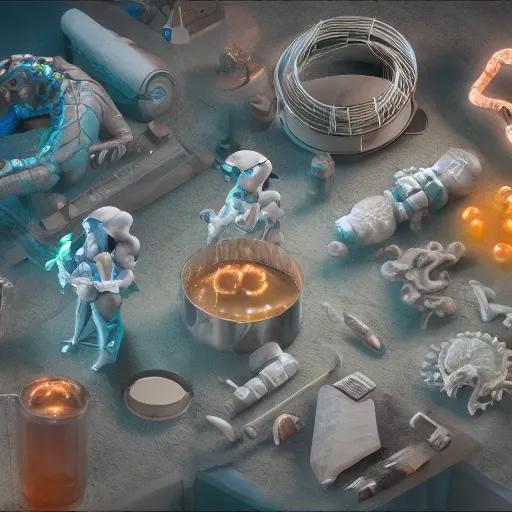The Institute for Protein Design helped usher in an era in which scientists use artificial intelligence tools to predict protein structures, which helped it win the Science Breakthrough of the Year award for its RoseTTAFold software last year.
A University of Washington group has now shown how to use artificial intelligence to create new proteins faster than before. The breakthrough, published in three papers in the journal Science, should accelerate the development of new proteins for biomedical, materials and other purposes.
Software that predicts protein structure is part of the solution, but by itself it can’t bring anything new.
IPD has long been at the forefront of novel protein production: its protein design software is licensed to 30,000 academic groups and underpins many commercial operations, including IPD spinouts such as Cyrus Biotechnology and Icosavax. New research goes beyond IPD’s workhorse software to use artificial intelligence to design proteins. In a study published in July, the researchers showed how AI can generate new protein shapes by first “hallucinating” shapes based on simple signals, just as DALL-E or other AI tools generate output. The structure has been improved through a process called “inpainting”, which the team links to an autocomplete feature.

In another study published, the researchers sped up the process and introduced their new artificial intelligence software tool, ProteinMPNN. It completes design tasks in seconds, more than 200 times faster than previous tools. In a third study the researchers evaluated their design using AlphaFold, a RoseTTAFold-like AI tool developed by Alphabet’s DeepMind that also won a Breakthrough of the Year award. They found that the engineered protein would likely fold into its intended shapes.
Studies found that proteins made with ProteinMPNN are much more likely to fold as expected, and able to create very complex protein assemblies using these methods.




